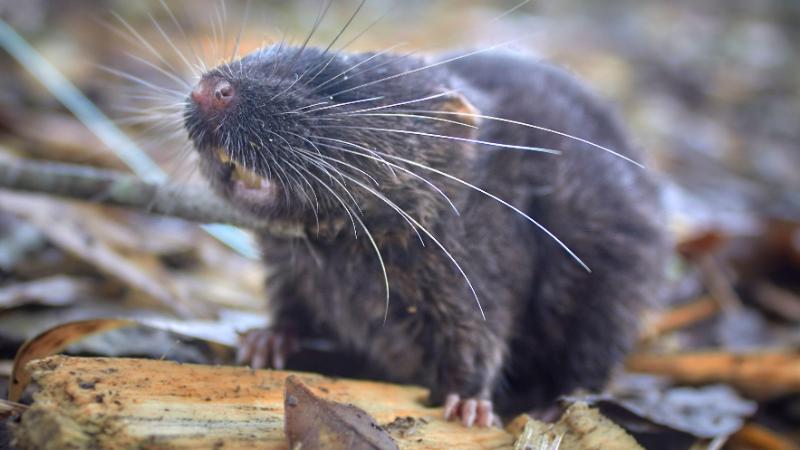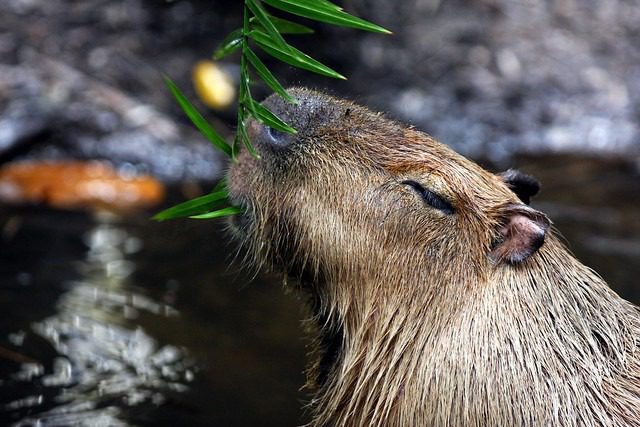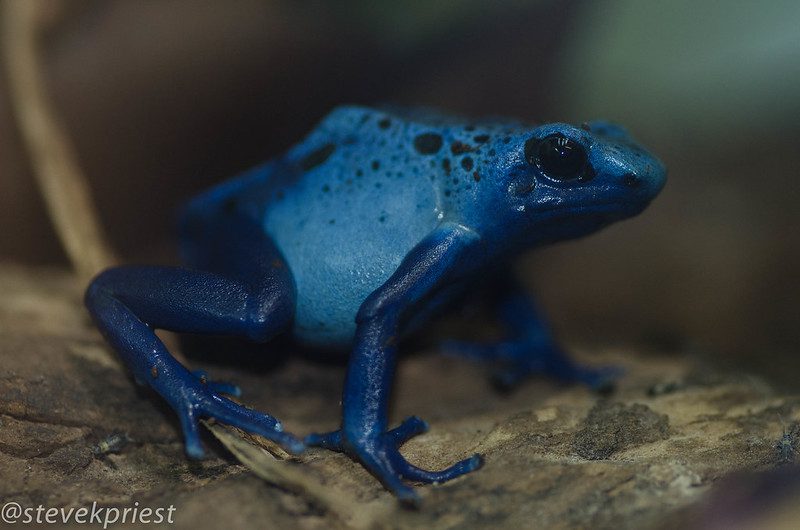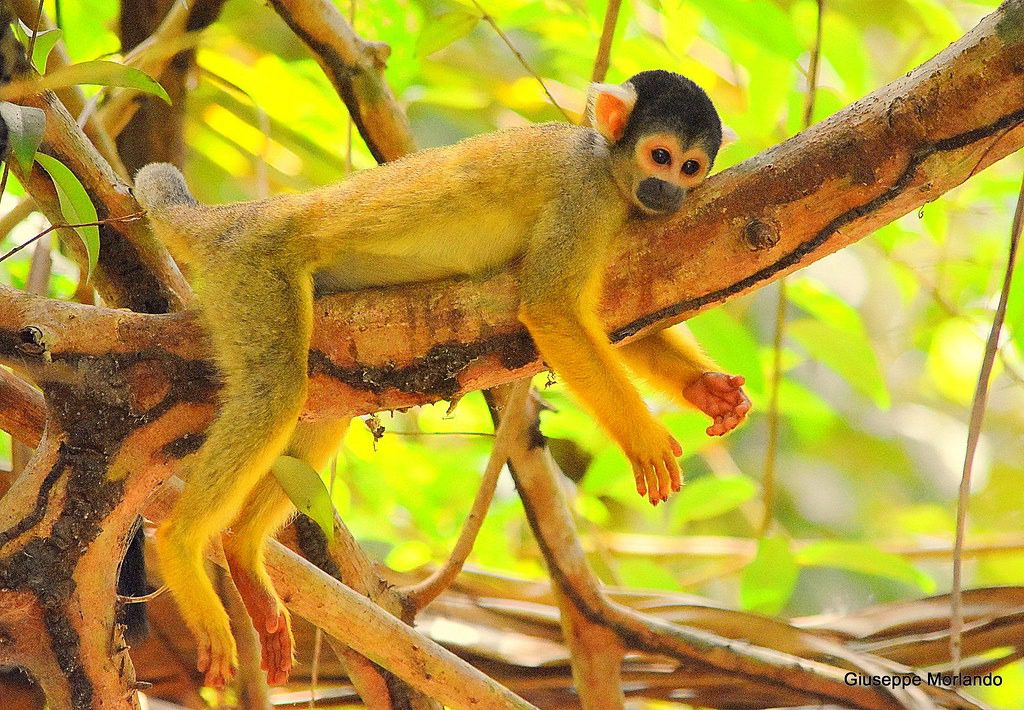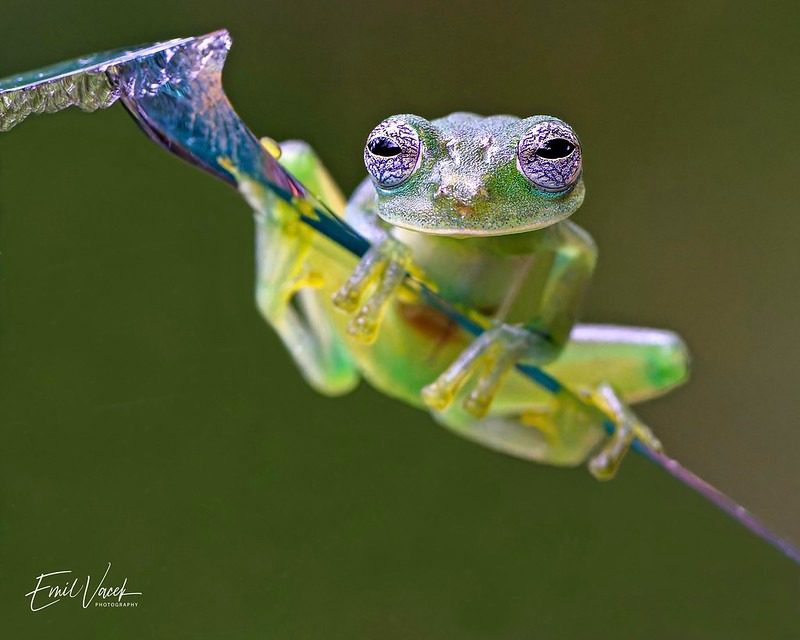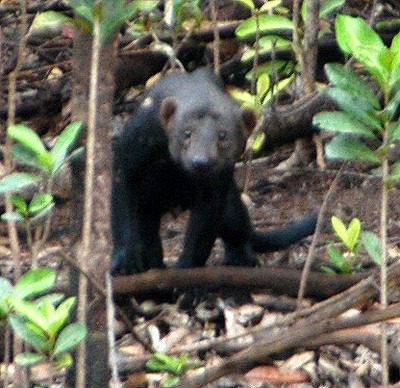The spiny mouse, a fascinating member of the rodent family, continues to captivate scientists and pet enthusiasts alike with its unique biology, social behavior, and remarkable regenerative capabilities. These small, desert-dwelling creatures belong to the genus Acomys and are distributed across Africa, the Middle East, and parts of Europe. This article provides an in-depth look into the spiny mouse by examining its habitat, diet, types, and the extraordinary traits that set it apart from other rodents.
What is a Spiny Mouse?
Spiny mice are small rodents characterized by their coarse, spiny fur, which is a protective adaptation to their arid habitats. Unlike the smooth fur of typical mice, their spines help them ward off predators and navigate harsh terrains. They resemble standard mice in size but can be distinguished by their tougher, hedgehog-like coats and relatively large ears.
- Scientific Name: Acomys
- Average Size: 7-15 cm (excluding tail)
- Lifespan: 4-6 years in captivity
- Habitat: Arid and semi-arid regions
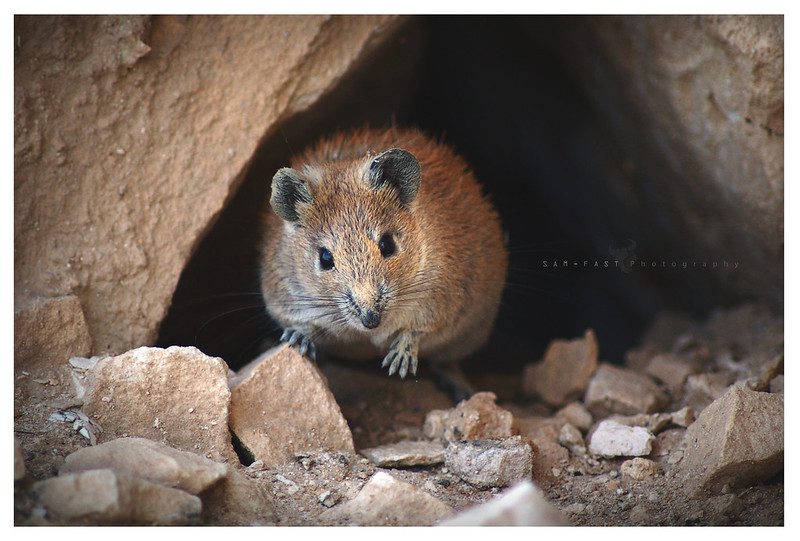
Spiny Mouse Habitat
Natural Environment
Spiny mice are predominantly found in rocky deserts, arid grasslands, and scrublands. These environments provide the necessary cover and temperature conditions ideal for their survival.
Microhabitat Preferences
- Shelter in rock crevices and burrows
- Prefer areas with loose soil for digging
- Active primarily during dusk and dawn (crepuscular behavior)
Their ability to thrive in dry, hostile environments is due to their low water requirement and nocturnal behavior, which helps them avoid the desert heat.
Spiny Mouse Regeneration
Unparalleled Regenerative Ability
Perhaps the most extraordinary feature of the spiny mouse is its capacity for tissue regeneration. Unlike other mammals, spiny mice can regenerate skin, hair follicles, sweat glands, cartilage, and even muscle tissues without forming scars.
- Wound Healing: Regenerate full-thickness skin wounds rapidly
- Limb Recovery: Partial digit regeneration observed
- Organ Regeneration: Ongoing research shows potential in organ tissue healing
This exceptional trait makes them a model organism in regenerative medicine and biomedical research, offering hope for human tissue repair advancements.
Spiny Mouse as a Pet
Suitability and Care
Spiny mice can make fascinating pets due to their inquisitive nature and relatively easy maintenance. However, they require specific care to thrive.
- Enclosure: Spacious cage with climbing options and hiding spots
- Social Needs: Prefer living in groups, social interaction is vital
- Temperature Sensitivity: Thrive in 20-28°C, avoid cold drafts
Challenges
- Fragile skin prone to injury
- Need for specialized diet and habitat setup
- Limited availability in pet stores
Despite these challenges, spiny mice are a rewarding choice for experienced small mammal keepers.
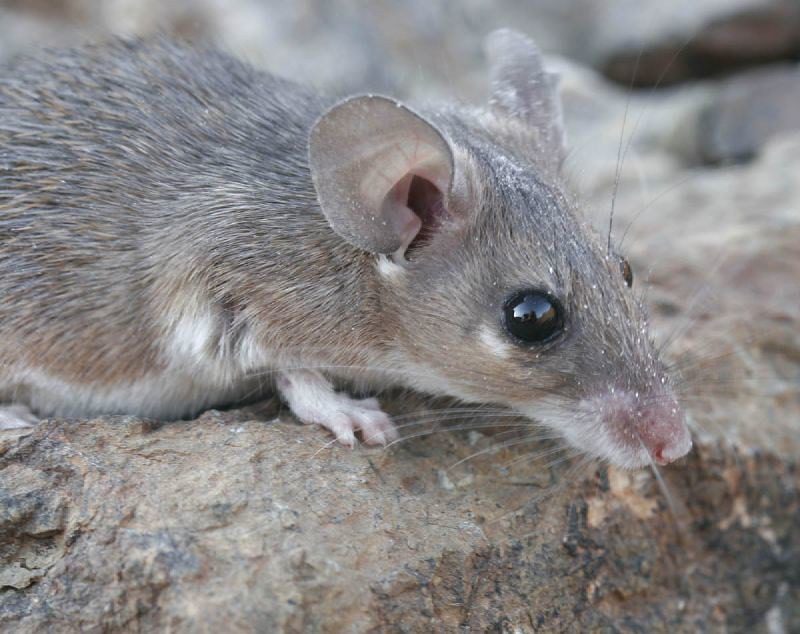
Spiny Mouse Diet
Omnivorous Tendencies
Spiny mice have a diverse omnivorous diet in the wild and captivity. Their diet includes seeds, grains, insects, fruits, and greens.
Recommended Pet Diet
- Commercial rodent pellets
- Fresh vegetables (e.g., carrots, broccoli)
- Occasional insects (mealworms, crickets)
- Clean, fresh water at all times
Nutritional Needs
- High protein requirement due to active metabolism
- Calcium and vitamin D3 essential for bone health
- Avoid high-fat, sugary treats
Spiny Mouse Predators
Natural Threats
In the wild, spiny mice face numerous predators. Their spiny fur offers some protection, but they rely on agility and nocturnal activity for survival.
- Common Predators:
- Owls
- Snakes
- Foxes
- Wild cats
Defense Mechanisms
- Shedding patches of skin to escape capture
- Camouflaging with terrain
- Quick, darting movements
This unique skin-shedding ability is yet another trait that has fascinated researchers and contributes to their regenerative reputation.
Spiny Mouse Period
Reproductive Cycle
Spiny mice have a unique reproductive trait among rodents: a menstrual cycle similar to that of humans.
- Cycle Duration: Approximately 9 days
- Gestation Period: 38-42 days (longer than typical rodents)
- Litter Size: 2-4 pups
Unusual Reproductive Features
- Only known rodent to menstruate
- Pups are born relatively well-developed
- Extended parental care compared to other rodents
This characteristic makes them particularly valuable in studying reproductive health and endocrinology.
Types of Spiny Mice
Cretan Spiny Mouse (Acomys minous)
Native to the island of Crete, this species is distinguished by its smaller size and habitat specialization.
- Endemic to Crete
- Prefers rocky hillsides and Mediterranean scrub
- Thought to have limited distribution, making it vulnerable
Golden Spiny Mouse (Acomys russatus)
Known for its golden-orange coat, this species thrives in dry, rocky deserts.
- Found in Egypt, Israel, Jordan
- Highly social and often lives in colonies
- More diurnal than other species
Cyprus Spiny Mouse (Acomys nesiotes)
This species is exclusive to Cyprus and is known for its elusive nature.
- Inhabits coastal and inland rocky terrains
- Smaller populations and considered at risk
- Conservation status under review due to limited data
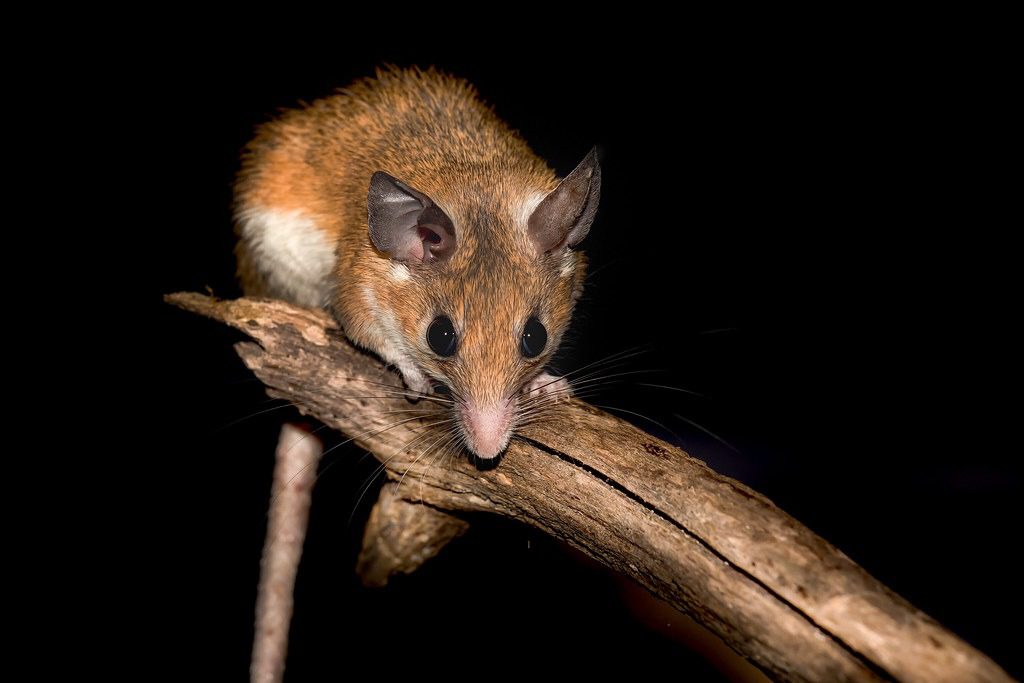
Fascinating and Unusual Facts About Spiny Mice
Skin Autotomy and Regrowth
Spiny mice are one of the few mammals capable of skin autotomy — shedding skin to escape predators. The skin grows back completely, with all its structures, including hair follicles and sweat glands.
High Cognitive Abilities
These mice show problem-solving skills and complex social interactions, indicating higher cognitive functions than typical rodents.
Diurnality in Some Species
Unlike most rodents, some species like the Golden Spiny Mouse display diurnal behavior, being active during the day.
Scientific Importance
They are a significant model for studying:
- Human menstruation and fertility
- Scar-free healing and wound regeneration
- Stress response and adaptation in arid environments
Conservation and Human Impact
Threats to Survival
Despite their adaptability, certain species of spiny mice face habitat destruction and climate change threats.
- Urbanization
- Agricultural expansion
- Predation by introduced species (e.g., domestic cats)
Conservation Measures
- Habitat protection
- Research funding for population studies
- Captive breeding programs for endangered species
Conclusion
The spiny mouse is far more than a simple desert rodent. From its scar-free healing to its unique menstrual cycle, it continues to unlock secrets of biology and medicine. As a pet, it offers both charm and a window into complex mammalian behaviors. Whether in the wild or in laboratories, this small creature is making a big impact on science and our understanding of mammalian evolution and health.
Keyword Summary by Group
Primary Keywords
- Spiny mouse
- Spiny mouse regeneration
- Spiny mouse habitat
- Spiny mouse pet
- Spiny mouse diet
- Spiny mouse predators
- Spiny mouse period
Secondary Keywords
- Cretan spiny mouse
- Golden spiny mouse
- Cyprus spiny mouse
Related Topics
- Skin autotomy
- Mammalian regeneration
- Rodent cognition
- Menstruation in mammals






